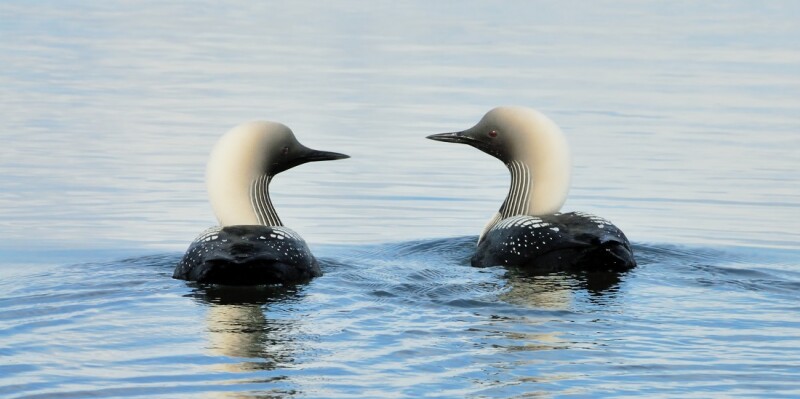A new study led by the Wildlife Conservation Society (WCS) that analyzed 17 years of migratory bird-nesting data in Prudhoe Bay, Alaska, revealed that nest survival decreased significantly near high-use oil and gas infrastructure and its related noise, dust, traffic, air pollution, and other disturbances. Prudhoe Bay is the site of intensive energy development and is on the Arctic Coastal Plain, one of the more important avian breeding grounds in the world. Millions of birds nest here, with some then migrating through every state in the US to wintering grounds in Central and South America, even Africa, with others crossing the Pacific Ocean to Russia, China, Japan, Australia, New Zealand, and Antarctica.
The findings, described in the journal Avian Biology, come as the US recently approved the $8 billion Willow oil project—a controversial, long-term effort to drill in Alaska's largest remaining untouched wilderness in the US, the 36,875-square-mile National Petroleum Reserve west of Prudhoe Bay. Willow's planned infrastructure borders the Teshekpuk Lake Special Area, one of five regions within the reserve that have been set aside from production because of significant ecological importance or subsistence value—in this case, nesting waterfowl and shorebirds, as well as caribou.
"Tundra-breeding birds contend with short breeding seasons, harsh climatic conditions, and now, rapidly changing, variable, and unpredictable environmental conditions caused by climate change," said Martin Robards, regional director of WCS's Arctic Beringia Program and an author of the study. "Additionally, as we demonstrate here, those breeding in industrial areas are impacted by human activities, too. The urgency to better understand these relationships and mitigate impacts cannot be expressed strongly enough, given widely acknowledged declines in these species, our national and global obligations to protect migratory birds, and that the potential impacts that are large."

